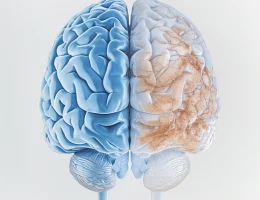Ghassabian et al. (2023) provide a detailed analysis of the relationship between prenatal exposure to phthalates and its potential effects on brain development and cognitive outcomes in children. Using data from the Generation R study, the research explores how exposure during pregnancy may influence brain volume and IQ scores in …







